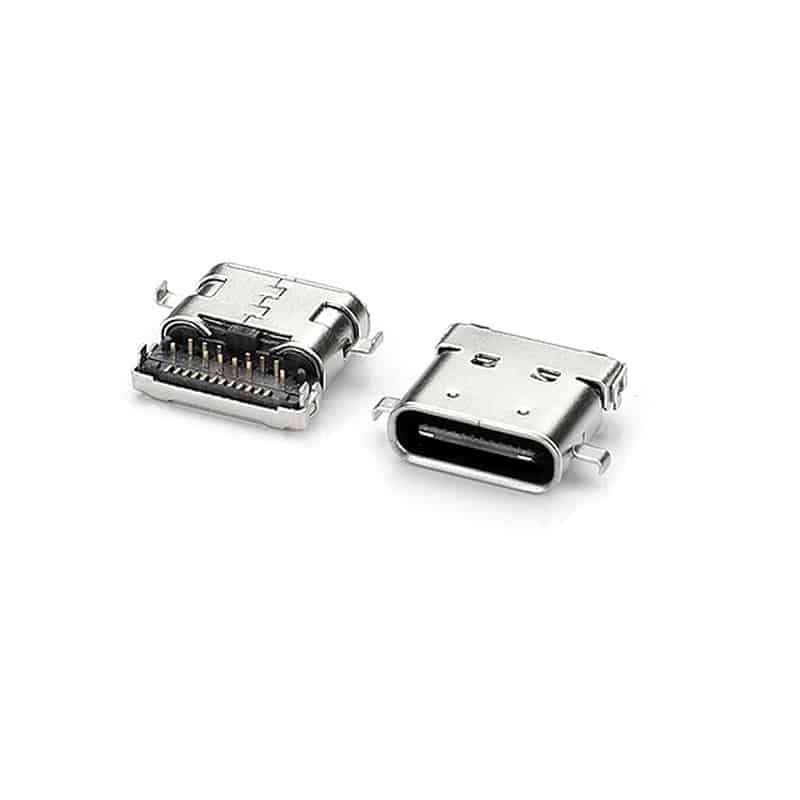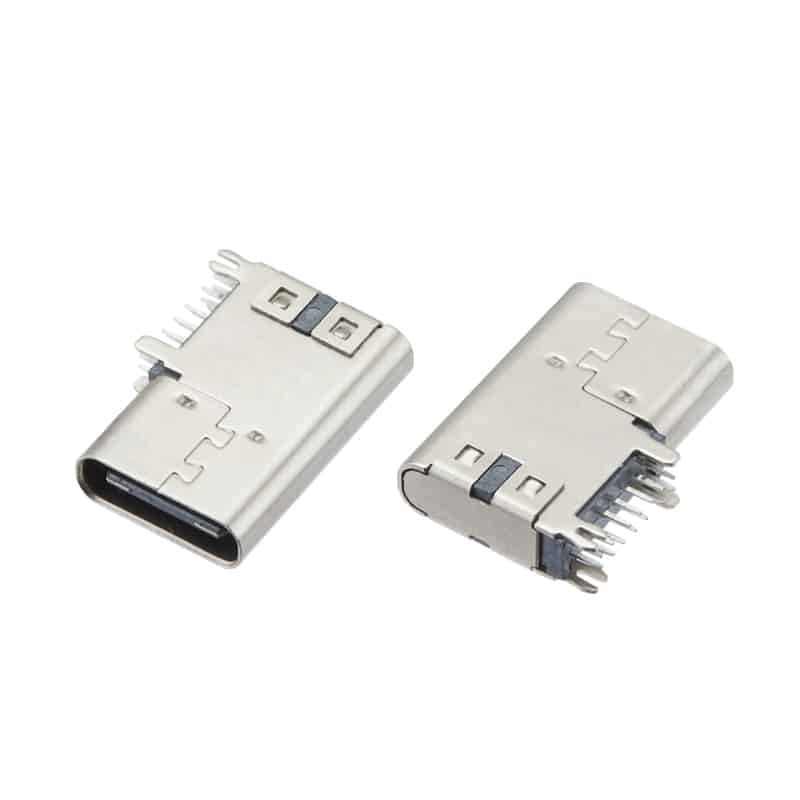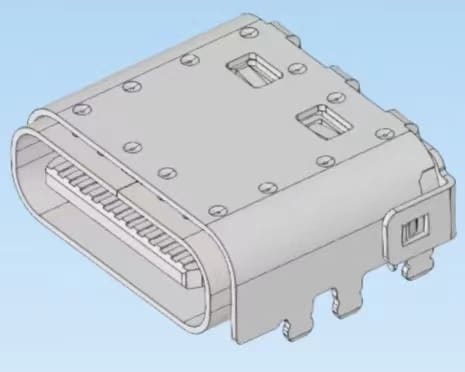Des: USB3.1 type-c female connectors panel mount Type C connector USB 16 pin SMT on board
Part No: USB-TC16-F13
Specification:
Rating: 5A ,30VDC
Insertion force: 20N Max
Withdrawal force: 5-20N
Operating Life: 10,000Cycles
Packaging: Reel/Tray

Des: USB3.1 type-c female connectors panel mount Type C connector USB 16 pin SMT on board
Part No: USB-TC16-F13
Specification:
Rating: 5A ,30VDC
Insertion force: 20N Max
Withdrawal force: 5-20N
Operating Life: 10,000Cycles
Packaging: Reel/Tray

The USB-C connector interface, referred to as USB-C, is located at the bottom of the smartphone and is mostly used for charging, data transmission and other purposes. In December 2013, the USB 3.0 promotion team had released a rendering of the next-generation USB Type-C connector, which was then ready for mass production in August 2014. The biggest feature of the

All types USB connectors provided, usb2.0, usb3.0, usb 4 and USB 3.1 TYPE C plugs & receptacles

During the operation of the waterproof type-c female connector, do not extend your hand to the interface to avoid being scratched by the pin. And after the USB warterproof type-c female connector is powered on, do not touch the interface of the connector with your hands to avoid some electric shock accidents. When the waterproof USB-C female connector is working,
Are you looking for a reliable electronic connector manufacturer to support your business with high-quality products at competitive pricing?